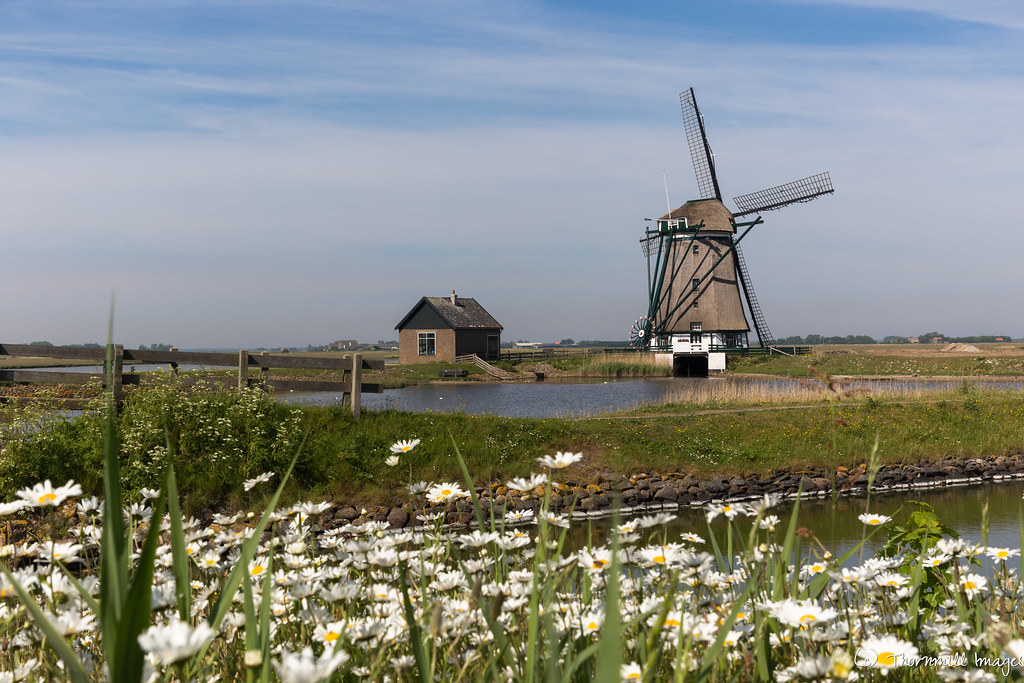I was working on a photo from a year ago when I noticed a horrible phenomenon. There is some strange banding in the sky. Looking back at other images, I have two different shots from the basically the same angle and they also show banding (perhaps slightly less severe). I have not noticed this in any other shots I have taken (including different angles from this same morning).
Any thoughts? My instinct tells me it is an artifact of the circular polarizing filter. I use a Sigma DG wide C-PL, based largely on a comparison review site listing polarizers. However looking at one of the two other views I took from the same angle (zoomed farther back), I did a comparison with and without filter and it looks like they both have it.
Lens is Canon 100-400 4.5-5.6L ii and body is 5D3. As I said I have never seen this in any other photos, just the three from this same angle and time. What is going on here???
Any thoughts? My instinct tells me it is an artifact of the circular polarizing filter. I use a Sigma DG wide C-PL, based largely on a comparison review site listing polarizers. However looking at one of the two other views I took from the same angle (zoomed farther back), I did a comparison with and without filter and it looks like they both have it.
Lens is Canon 100-400 4.5-5.6L ii and body is 5D3. As I said I have never seen this in any other photos, just the three from this same angle and time. What is going on here???




